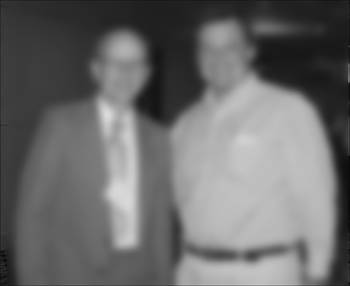5 About Reducing Motion and Relying on Your Subjects
| < Day Day Up > |
| Before You Begin If you know nothing else before you begin your foray into video filmmaking , know that moving your camera too much is bad. Except in rare cases where you want to add variety, let your camera record the action from a distance far enough away to allow your audience to see what takes place ”without the camera moving with the action. In other words, let your subjects move and keep your camera still. Most of today's modern digital video cameras include a stabilization control that acts like a shock absorber. When you walk while filming, for example, the stabilizer attempts to keep your camera's picture steady. Although a stabilizer can be effective, a stabilizing feature does not substitute for a steady hand. Keep your camera as still as possible while filming . Move your body and not your hands during a shoot. TIP
Keep your scenes stable. Try to remain balanced and focused. Some novice videographers try to help their audience by moving the camera's eye with the scene, but doing so only confuses the audience's eyes. You want your audience to concentrate on your movie's content, and not on the movie's production. You don't even want your audience to know they are watching a movie; instead, you want them immersed. Even for simple family videos, keeping this idea in mind while you shoot greatly enhances the videos you make. TIP
Not only does camera movement cause your audience viewing problems, your camera's focus can suffer as well. A blurred video or lighting that starts bright white before settling down often occurs when the camera moves too quickly from one subject to another, especially when those subjects are different distances from the camera. Blurring and lighting problems can result from an unsteady camera. When you must pan your camera left to right, move from your waist and not with your hands. The pan will be much smoother and less jerky. In spite of all this discussion on the importance of limiting camera movement, some shots require movement, panning, and zooming. Let the scene determine what's needed, and don't impose movement when none is warranted. KEY TERM
One way to change your camera's perspective without zooming or moving the camera is to shoot from different shot distances. Combine wide sweeping shots with medium shots and close-up shots (called tight shots ) to give your video more depth. |
| < Day Day Up > |
EAN: 2147483647
Pages: 169

